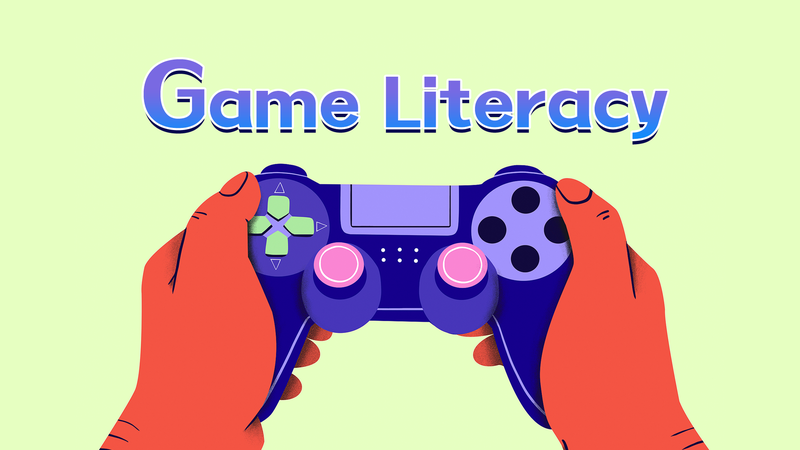Ever lose track of time tapping through mobile game notifications, only to find an hour vanished? That little dopamine rush from a streak alert isn't random – it's intentional. Today, games are the invisible framework shaping how we work, learn, and connect.
In the Chinese mainland alone, 670 million people play video games, making it a true mega-gaming society. From apps rewarding your daily reading to sustainability programs that score you for eco-friendly action and workplaces that rate your output like quests, the language of games surrounds us.
But while many of us speak this language, few understand its rules. Enter game literacy: the ability to read and wield games and gamification systems, not just play them.
Gamification uses game elements such as points, badges, and leaderboards in non-game settings to shape behavior. Recognizing these mechanics helps you see the incentives driving your choices.
Mastering game literacy means spotting how design influences your habits, decoding the economic models behind free-to-play systems, and drawing clear lines between virtual victories and real-life priorities.
Think of delivery drivers chasing rush order bonuses or students tracking study streaks. These are behavior-modification systems disguised as fun, backed by data and economics. Without game literacy, we risk becoming unwitting subjects of algorithmic nudges, mistaking digital rewards for genuine motivation.
By sharpening our game literacy, we reclaim control – turning gamification into a tool we command, not one that commands us.
Reference(s):
cgtn.com




